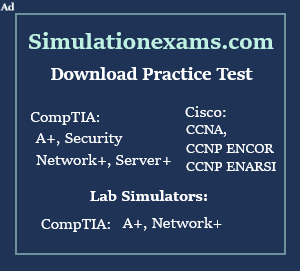Printers And Scanners Interface And Communication
4.Printer and Scanner Interfaces
A printer's interface is a combination of hardware and software that allows the printer to communicate with a computer.
The hardware interface is called port and each printer has atleast one interface. An interface incorporates several components including its communication type as well as the interface software.
There are eight major communication types
1. Serial : Computers send one bit at a time, one after another through serial connection. The communication parameters like parity, baud should be set on both entities before communication takes place.
2. Parallel : Parallel communication is more popular with printers because it is more faster than serial communication. In this type of communication, printer receives eight bits at a time over eight separate wires.
Parallel uses a DB25 connection on the computer side and a oddly shaped 36 pin connection on the printer.
3. USB (Universal Serial Bus) : These can transfer data quickly with a transfer rate up to 12 Mbps and it automatically recognizes new devices.
4. Network : Network, or commonly Ethernet, connections are commonplace on network laser printers, though some other types of printers do employ this type of connection. These printers have a Network Interface Card (NIC) and ROM-based software that allows them to communicate with networks, servers and workstations.
5. Infrared : Infrared transmissions are wireless transmissions that use radiation in the infrared range of the electromagnetic spectrum. An Infrared acceptor allows your devices (laptops, PDA's, Cameras, etc) connect to the printer and send print commands via infrared signals.


